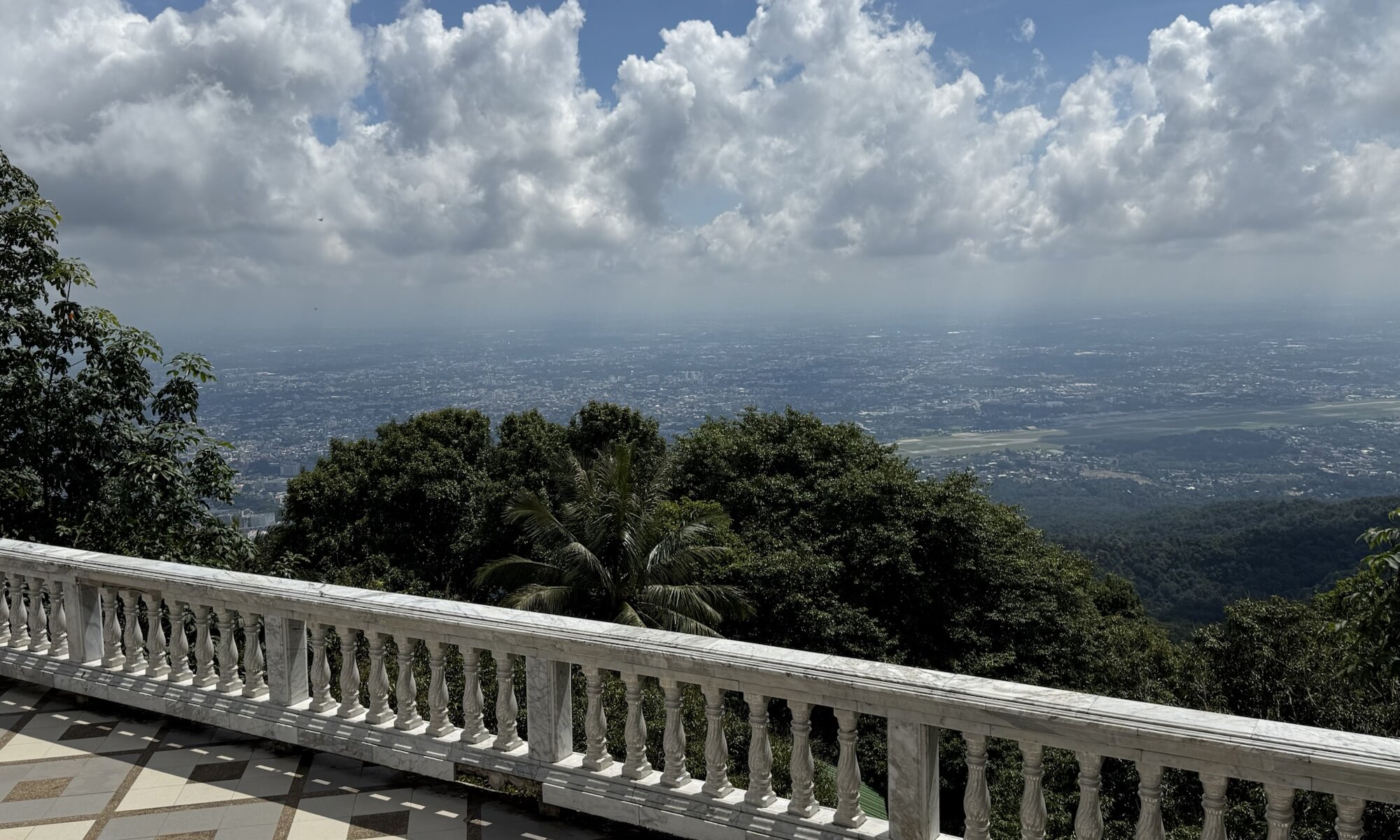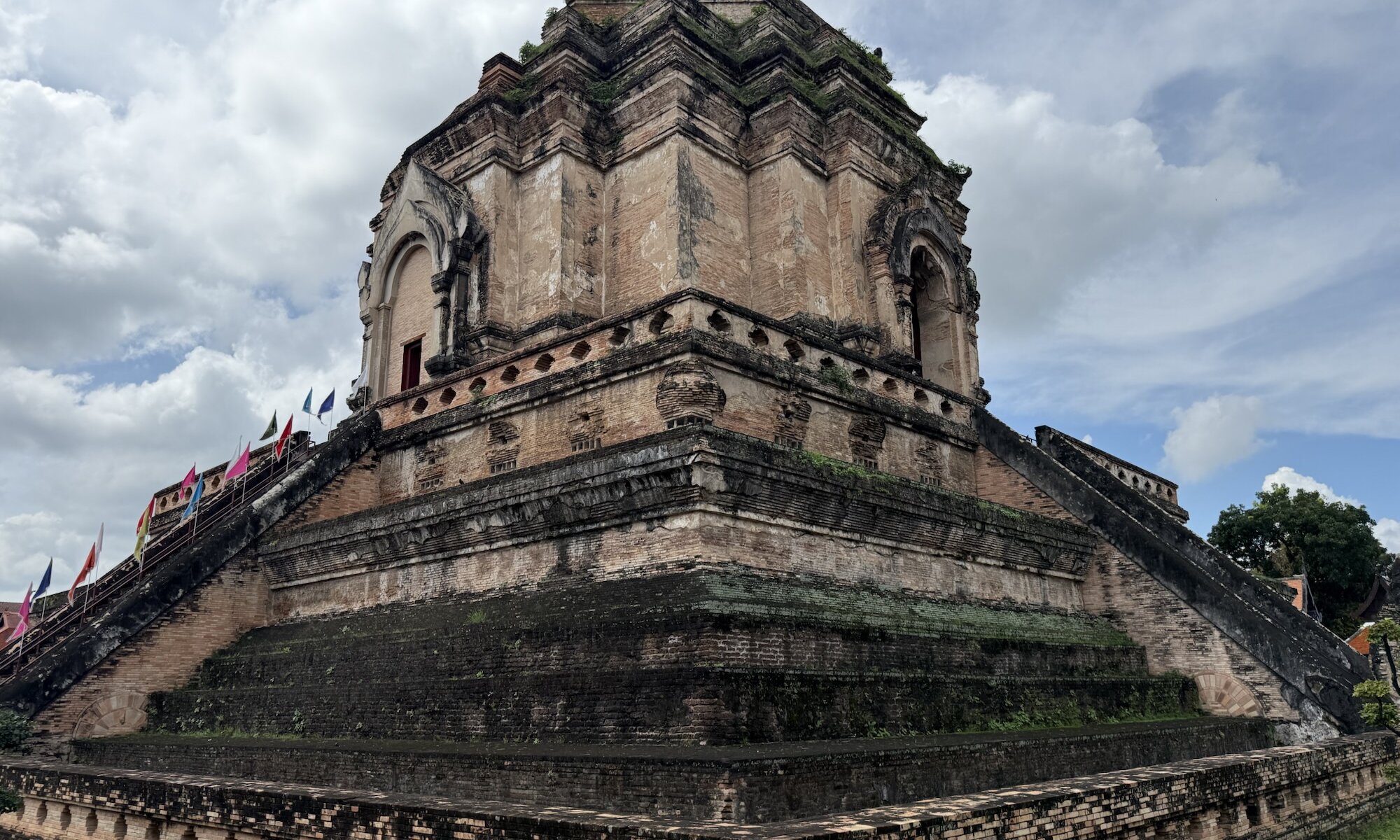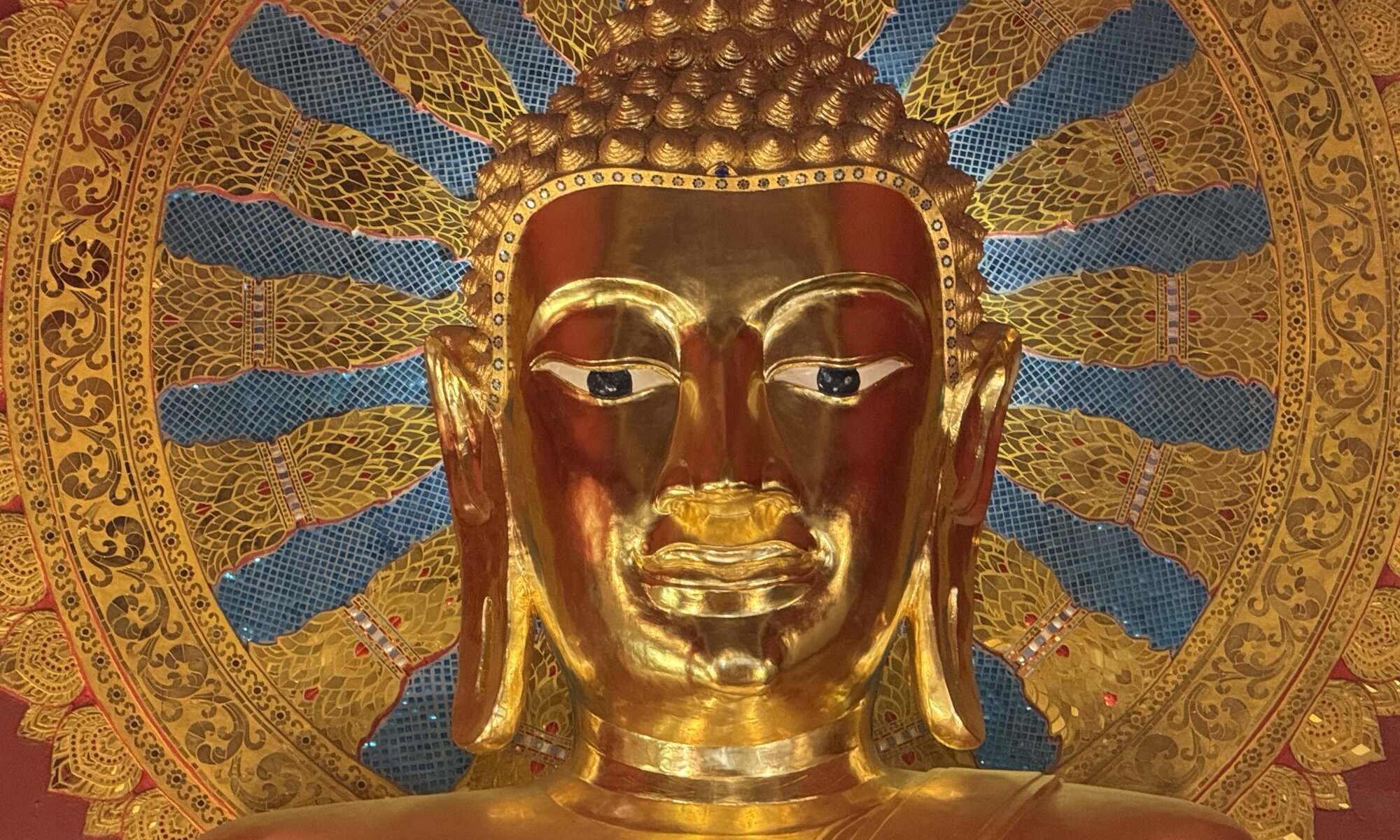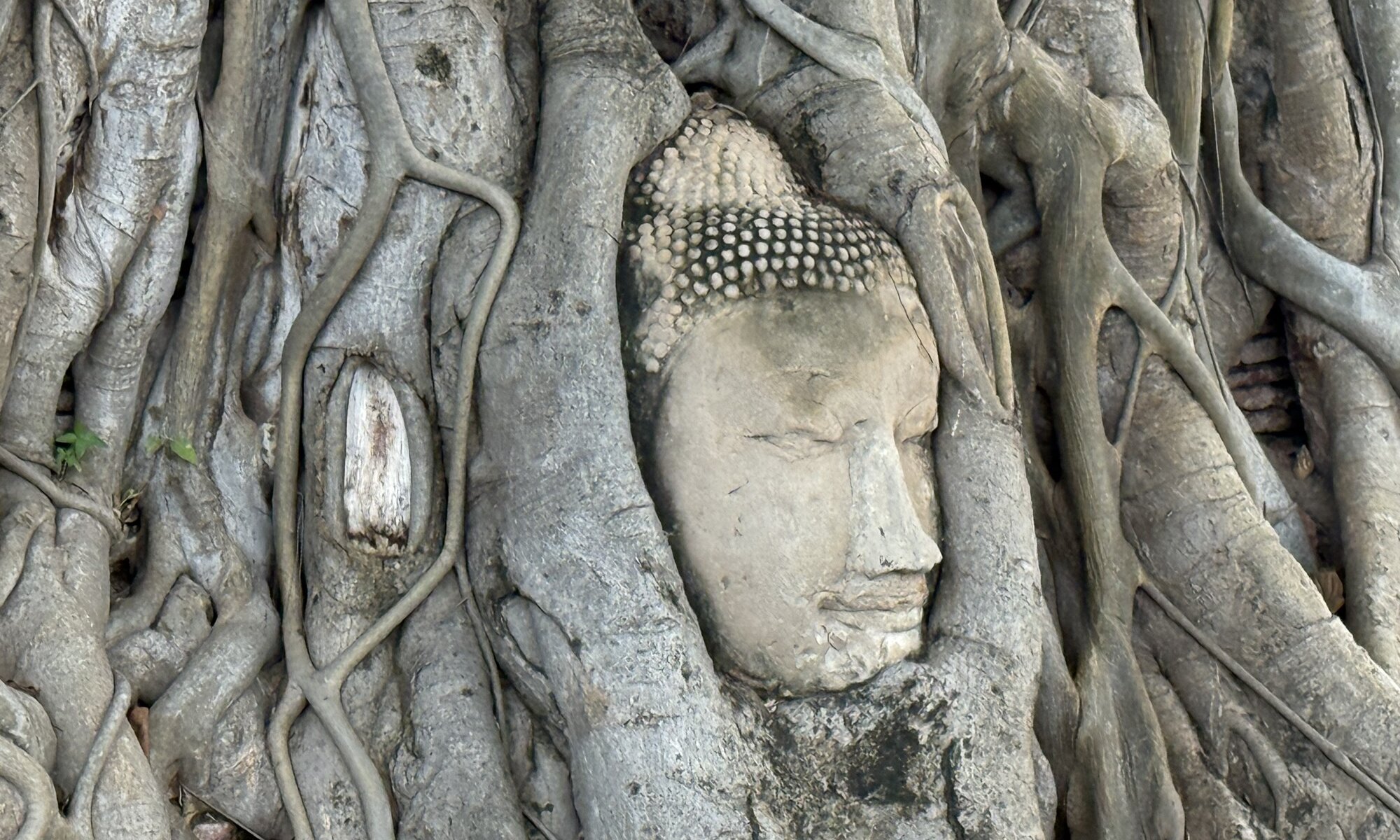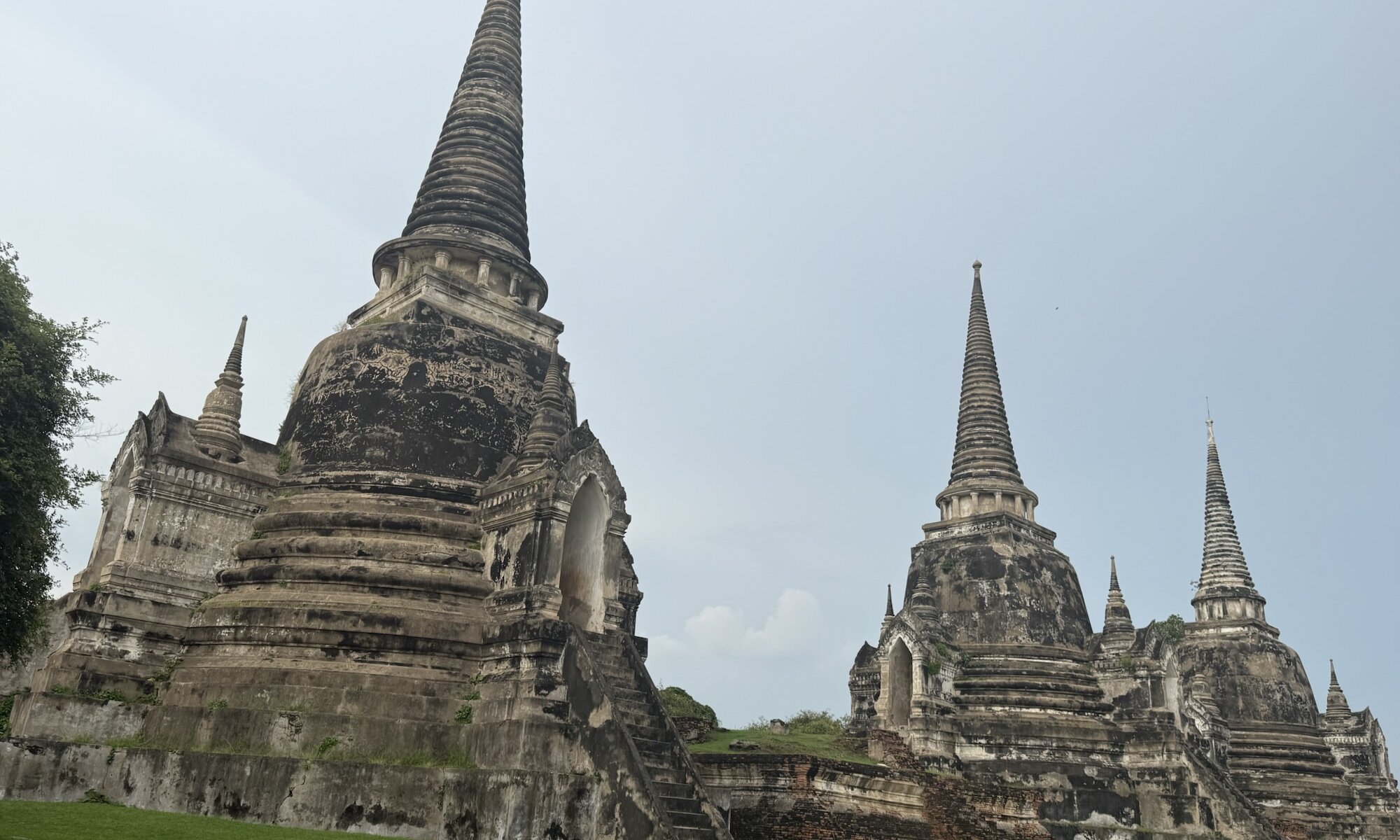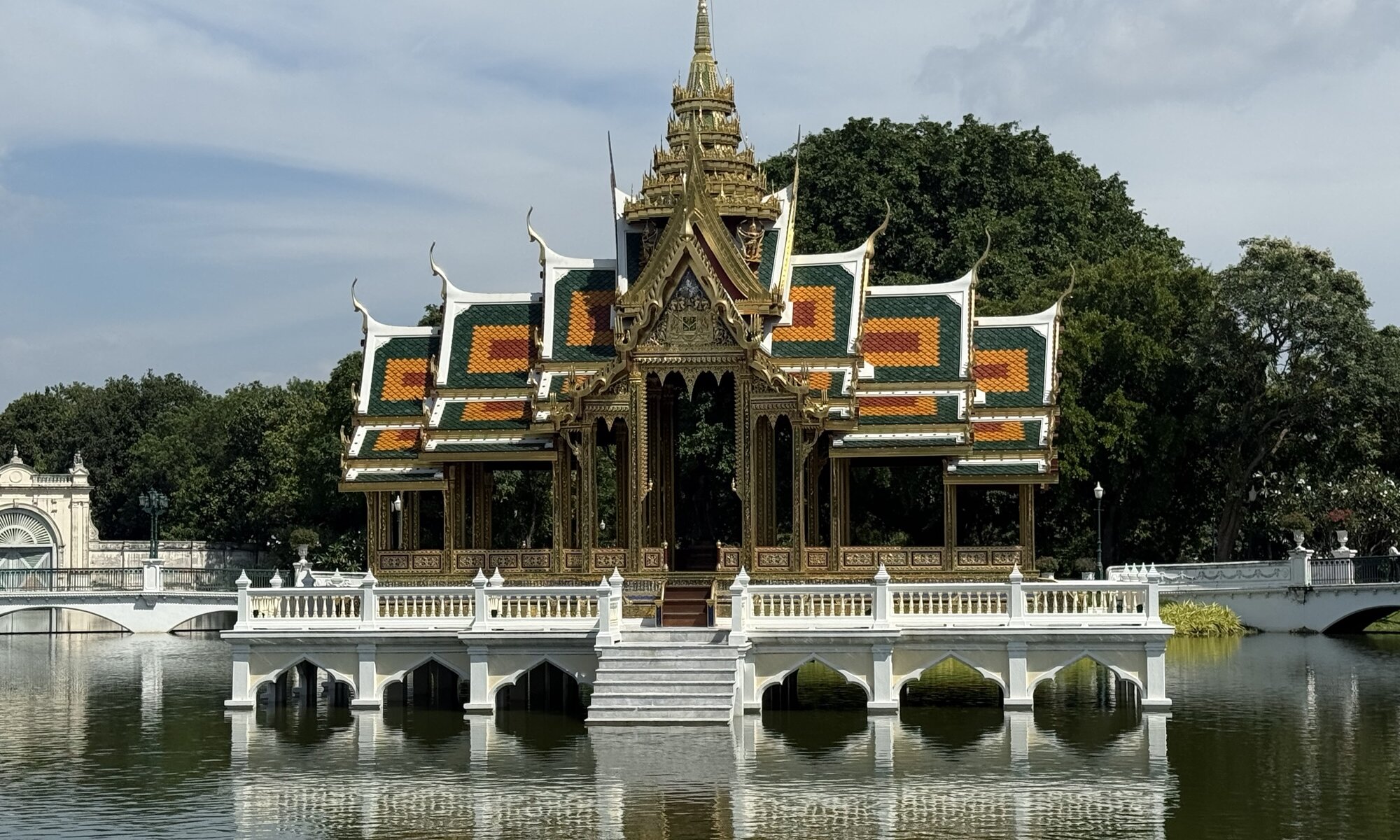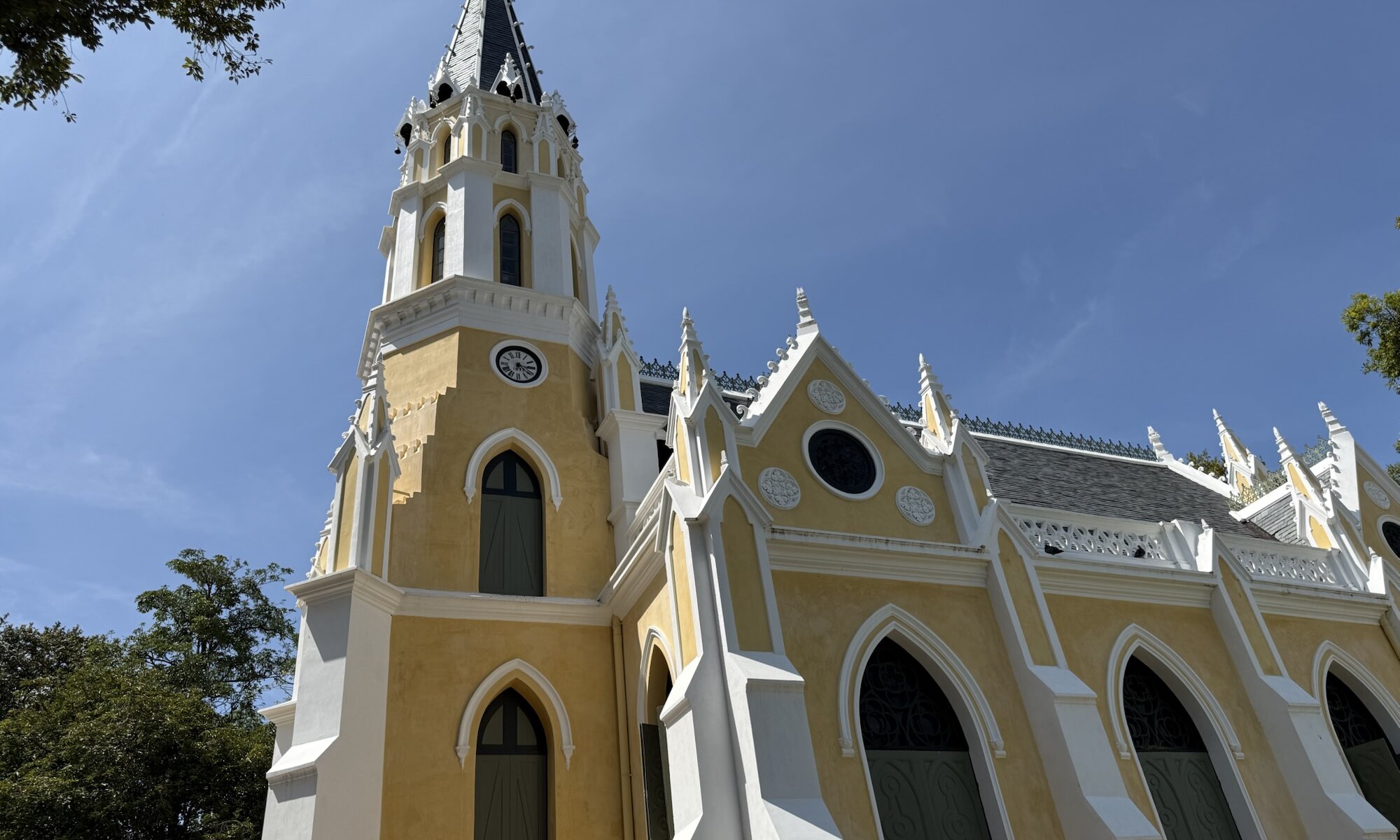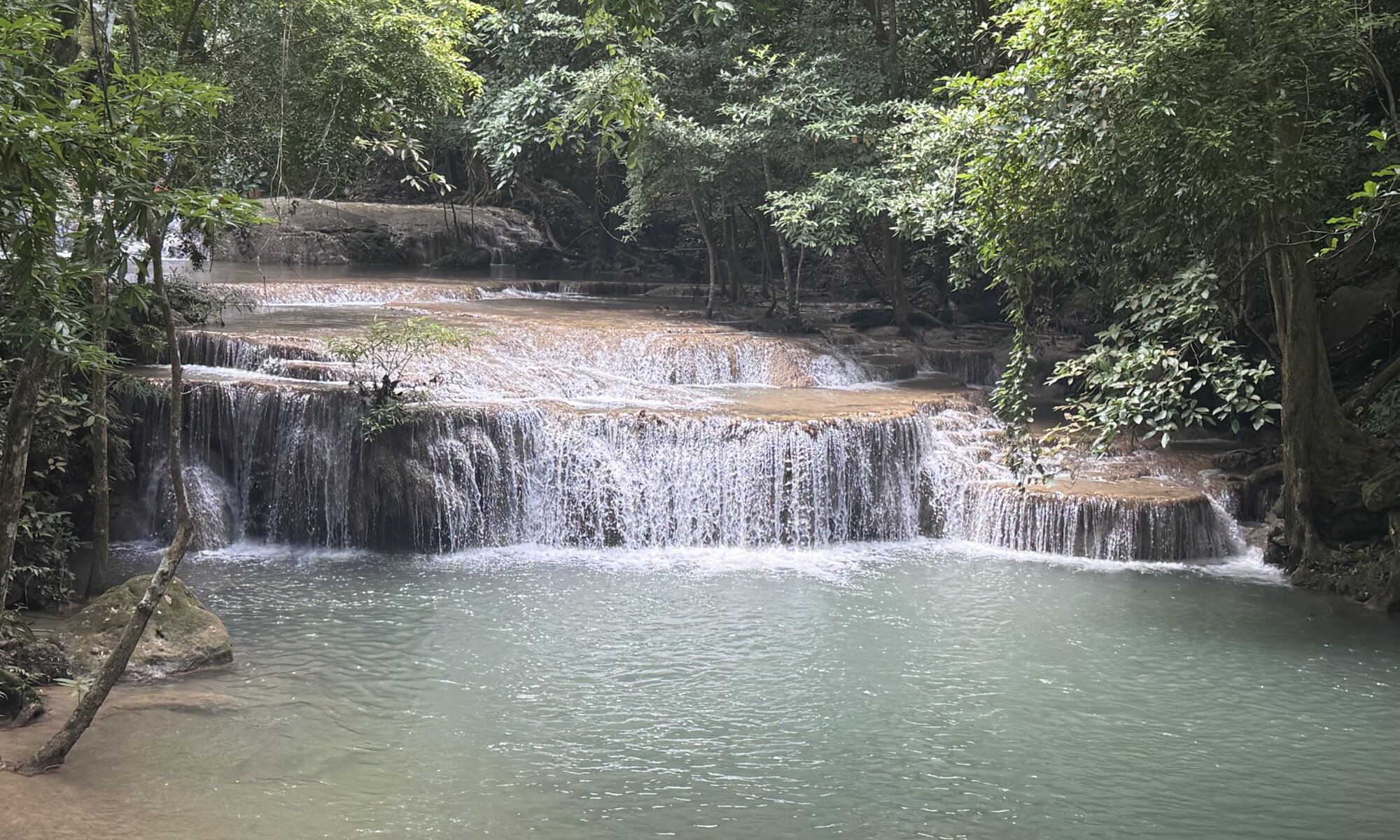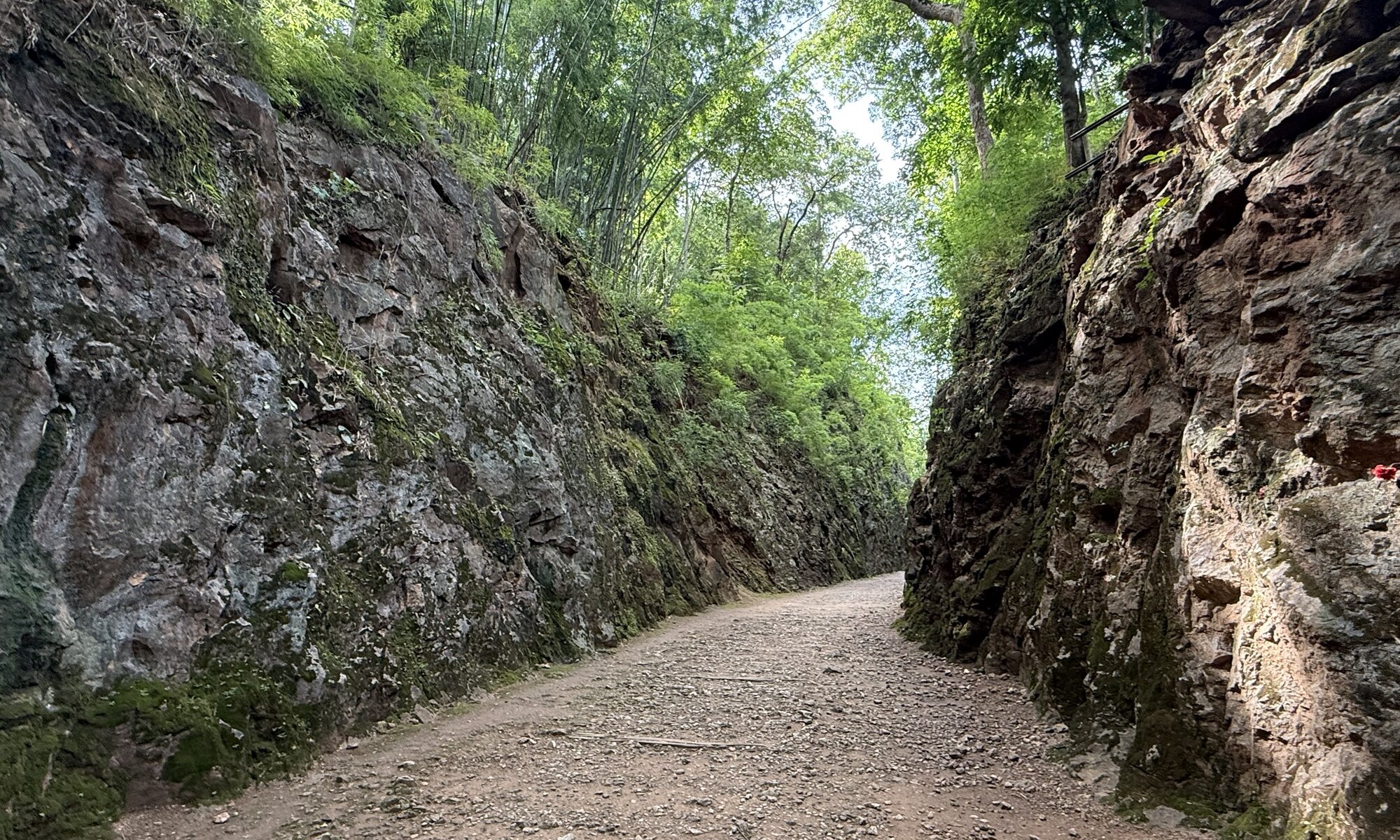Wat Phra That Doi Suthep, perched high in the mountains just west of เชียงใหม่, is one of Northern Thailand’s most revered and scenic spiritual sites. The trek up to this temple offers not only a physical challenge but also a symbolic ascent towards enlightenment, as it sits approximately 1,676 metres above sea level. Historically, it was established in the 14th century during the Lanna Kingdom era, becoming a central religious monument that houses sacred relics of the Buddha. Its location, enveloped by dense forest, affords visitors sweeping views over the city and surrounding countryside, amplifying the serene and contemplative atmosphere.
Continue reading “Doi Suthep”Wat Chedi Luang
Wat Chedi Luang is one of เชียงใหม่’s most iconic and historically significant temples, standing impressively within the old city. The temple’s construction began in the 14th century during the reign of King Saen Muang Ma with the original chedi (a type of stupa) intended to enshrine relics of the Buddha. Although devastated by an earthquake in the 16th century, the structure still commands reverence and awe due to its towering, weathered brick façade and the surrounding complex adorned with vibrant statues and monks in saffron robes.
Continue reading “Wat Chedi Luang”Wat Phra Singh
Wat Phra Singh, nestled in the heart of เชียงใหม่’s old city, is a stunning example of northern Thai Buddhist architecture and a must-visit for anyone interested in culture and history. Established in the 14th century during the Lanna Kingdom, it has served as a spiritual centre and a repository for revered Buddhist relics. The temple’s name, meaning ‚Lion Buddha Temple‘, is inspired by the presence of a significant Buddha image in lion posture, symbolising strength and protection. Over the centuries, Wat Phra Singh has undergone numerous restorations, yet it retains its quintessential Lanna charm, making it a living testament to the region’s religious and artistic traditions.
Continue reading “Wat Phra Singh”Buddha and the tree
Wat Mahathat in พระนครศรีอยุธยา is one of the most iconic and historically significant temples of Thailand’s ancient capital. Established in the 14th century during the early years of the Ayutthaya Kingdom, it served as a royal monastery and was a centre for religious learning and ceremonies. Over centuries, Wat Mahathat witnessed political and cultural shifts but remained a vital spiritual hub until it was largely destroyed during the Burmese invasion in the 18th century. Despite the extensive damage, the temple’s ruins still reveal the grandeur of พระนครศรีอยุธยา’s golden age.
Continue reading “Buddha and the tree”Former royal palace
Wat Phra Si Sanphet stands as one of the most remarkable and historically significant temples in พระนครศรีอยุธยา, the ancient capital of Siam. Established in the 14th century, this grand royal temple served as the royal chapel within the grounds of the old พระนครศรีอยุธยา palace complex. Unlike typical temples, it was reserved exclusively for royal ceremonies and never housed monks, underscoring its sacred importance to the kingdom’s monarchy and religious rituals. The temple’s architecture and layout were designed to represent the heart of พระนครศรีอยุธยา’s religious and political life.
Continue reading “Former royal palace”Summer palace
The Summer Palace at Bang Pa-In, located near พระนครศรีอยุธยา, stands as a remarkable testament to Thailand’s royal heritage and its encounter with diverse architectural influences. Originally constructed in the 17th century during King Prasat Thong’s reign, the palace complex was later abandoned before being revived in the 19th century by King Rama IV and Rama V. Intended as a royal retreat from the sweltering heat of กรุงเทพฯ, this palace served as a tranquil getaway where the monarchs could enjoy the beauty of nature alongside leisure and diplomatic engagements.
Continue reading “Summer palace”Buddhist church
Wat Niwet Thammaprawat in พระนครศรีอยุธยา is a fascinating temple with a distinctly European appearance, standing out amid the traditional Thai architectural landscape. Built in the late 19th century during the reign of King Rama V, this Buddhist temple was designed by a European architect under royal patronage. The temple’s unique Gothic Revival style, complete with pointed arches, stained glass windows, and a bell tower, gives it the appearance of a Christian church rather than a typical Thai wat. This unusual design was intended to demonstrate the king’s openness to Western influence while maintaining the temple’s sacred Buddhist function.
Continue reading “Buddhist church”Luang Pho U Thong
The giant Buddha of Luang Pho U Thong stands as a formidable symbol of devotion and spiritual significance in Thailand. This impressive statue, measuring approximately 32 metres in height, is one of the largest seated Buddha images in the country. Its serene expression and the intricate details of the traditional Thai style craftsmanship evoke a deep sense of reverence and tranquility. The statue is housed within a temple complex in a former quarry that warmly welcomes visitors and pilgrims alike, creating an atmosphere steeped in peaceful reflection.
Continue reading “Luang Pho U Thong”Hungry fish
Erawan Falls in กาญจนบุรี is an enchanting natural wonder that captivates visitors with its crystal-clear turquoise waters cascading down seven distinct tiers. Each level of the waterfall offers a unique setting, from gentle pools perfect for wading to more powerful cascades that thunder into jade-coloured basins below. Surrounded by lush green forest, the falls create a serene atmosphere where the sound of water and birdsong weave together, making it an idyllic escape from the bustling city life.
Continue reading “Hungry fish”Hellfire Pass
Hellfire Pass is a deep and narrow cutting through hard rock located in the กาญจนบุรี province of Thailand, a site of profound historical significance related to the construction of the Thailand-Burma Railway during World War II. This railway was built by Allied prisoners of war and Asian labourers under brutal conditions imposed by the Japanese military, with Hellfire Pass representing one of the most arduous and deadly stretches of this 415-kilometre endeavour. The name ‘Hellfire Pass’ derives from the eerie sight at night when the faint light from oil lamps, combined with the reflection off the rock faces, appeared as flickering flames, creating a haunting atmosphere for those forced to work there under extreme duress.
Continue reading “Hellfire Pass”
